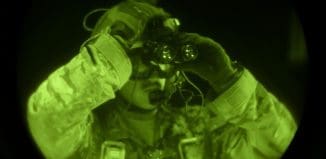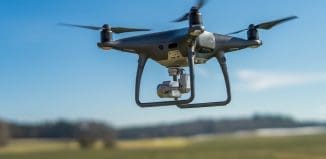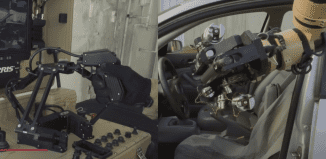The Optimal Solution for Home Security
This post is also available in:  עברית (Hebrew)
עברית (Hebrew)
More and more home and business owners are looking for advanced, trustworthy solutions to enhance their security. Safeguarding outdoor assets in a reliable and cost-effective manner often comes down to accurate intruder alerts and timely information about the unfolding event.
According to John Romanovich on Source Security, viable outdoor security must start with a sensing system that is accurate at all times. Professional knowledge asserts thermal cameras as the best system, because thermal cameras see heat rather than light, so they are a perfect “human detector,” and will ignore headlights, reflections off water, and other light-based activity. Although smart thermal cameras are a great way to protect outdoor assets, the system has little value if people can enter a secured area undetected.
Unfortunately, some manufacturers specify camera ranges that overstate their detection capabilities. This means it’s up to the integrator to determine the camera’s true detection distances. Otherwise your solution may leave gaping holes that can allow intruders to pass through undetected.
The best practice to determine a camera’s true detection range is to measure the farthest distance at which the camera can automatically detect a person walking “inbound” or directly toward the camera. It’s important to remember that a camera’s field of view doesn’t begin where it’s mounted. Instead it can only detect at a measurable distance in front—this is the blind spot. This must be considered in the security design, or someone will be able to walk right under a camera undetected.
To provide complete coverage, the view of each camera must be designed to cover the adjacent camera’s blind spot.






























